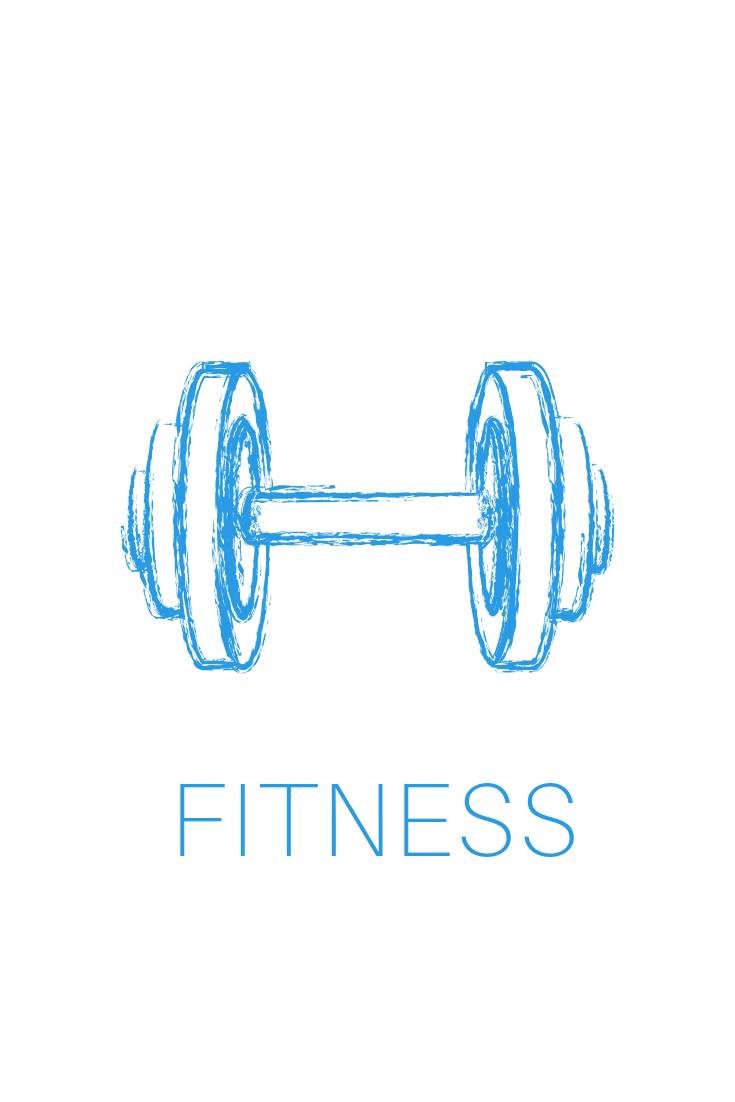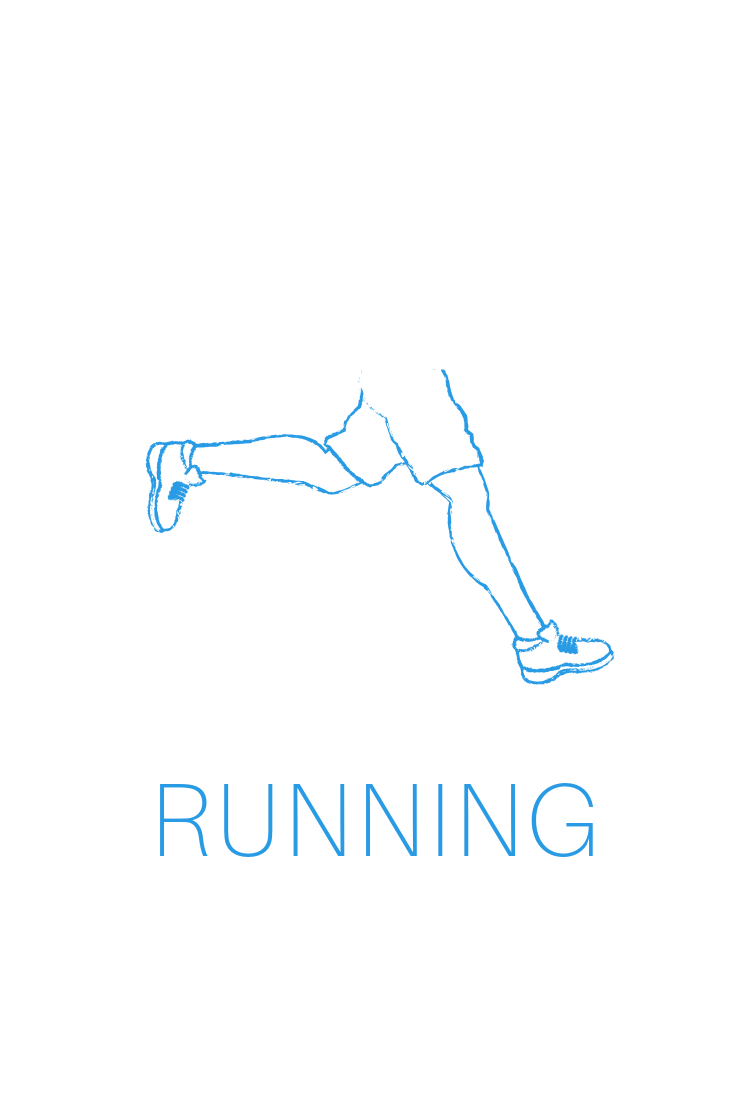Benefits of Functional Fitness
We don’t live to exercise, we exercise to live.
Functional fitness simply means fitness that allows you to function well every day. It’s a style of training that equips your body to handle real life situations. What good is working out if it doesn’t prepare us and strengthen us for every day activities?
The core of functional exercise is its practicality and how easily these movements can be transferred into everyday life. For example, a bench press is not highly functional: it’s not often we find ourselves lying flat on our backs trying to push something heavy into the air. A squat, however, is highly functional as we sit down and stand up repeatedly throughout our day.
Most functional exercises are multi-joint, compound movements. Multi-joint exercises refer to those which use a combination of joints to perform the movement. For example, a bicep curl is a single joint exercise, using only the elbow joint.
A squat on the other hand, involves the ankle, knee and hip joints. Compound exercises are those which work several muscles or muscle groups at one time. For example, a seated hamstring curl is an isolation exercise, focussing mainly on the hamstring muscles. Whereas the kettlebell swing engages many muscles in the legs, core, back and shoulders all at once.
There is a place for single joint exercises in your exercise routine. Repeated, isolated movements are effective in fatiguing muscles, improving strength and increasing muscle mass.
Isolation exercises are often performed with weight machines, so can be helpful for clients who are unsure of their technique as well as people working through a rehab program. However, a program comprised purely of isolated moments will miss many training benefits that can only be gained through a functional fitness program.
Benefits of Functional Fitness
Increased balance and stability:
There are plenty of things in our every day life that can throw us off balance – carrying heavy bags along a crooked path, tripping over a pile of Lego, being tackled without warning by your 14 year old son (who is now stronger than he realises!). The more we teach our body to be able to perform quick adjustments in these situations, the better off we will be.
Improvements in strength:
By their very nature, functional exercises increase core strength, the foundation of most of our movement patterns. The stronger our stability muscles are, the more we will be able to undertake activities which will improve the strength of our surrounding muscles.
Decreased risk of injury:
When coached in the correct technique, it is very rare for someone to injure themselves when preforming a functional exercise such as a deadlift or squat. Yet injuries often occur when performing simple, day to day movements such as reaching into the backseat of the car, or bending over to pick something up. By training your supporting muscles to function when undertaking a range of movement patterns, the less likely these injuries are to happen.
How To Incorporate Functional Fitness
A movement pattern becomes functional if it follows these guidelines:
Uses more than one joint
Activates more than one muscle group
Is a movement that may (in some form) be emulated in day to day life
The movement pattern doesn’t have to match the activity exactly, but mimic it in such a way that our muscles, nerves and joints are ready for this type of movement at short notice.
For example, kettlebell swings prepare us for movements such as pushing our kids on a swing, or swinging a tennis racquet, cricket bat or golf club.
Lunge walks prepare us for when we are running out the front door and bend down to pick up our bag on the way through.
Deadlifts improve your strength when picking up anything heavy from the floor. Russian twists emulate packing the groceries from the trolley into the boot.
And the burpee is great training for when you fall on a ski run and need to get up quickly before your kids see you!
For all the many benefits of functional training, it is essential that these large movements are done correctly or they can result in injury. So make sure you start with the basics, and work with a trainer who can coach and correct appropriately.
by Angie Black
Hey! I’m Angie. I’m passionate about fitting exercise into your life, for the rest of your life.
BLOG CATERGORIES:







